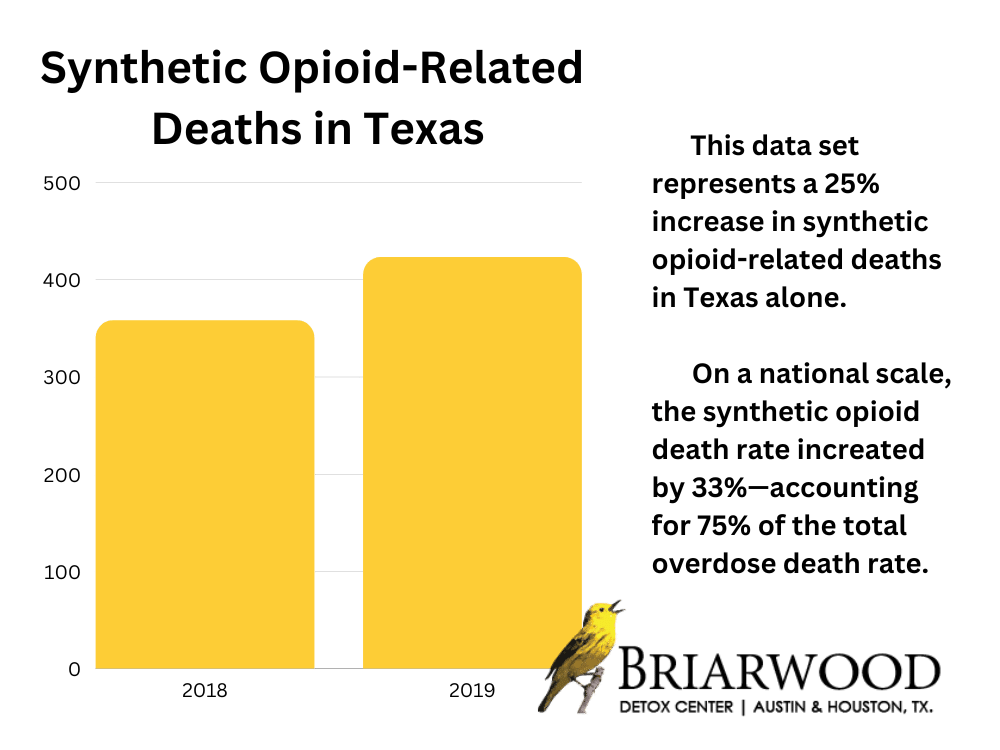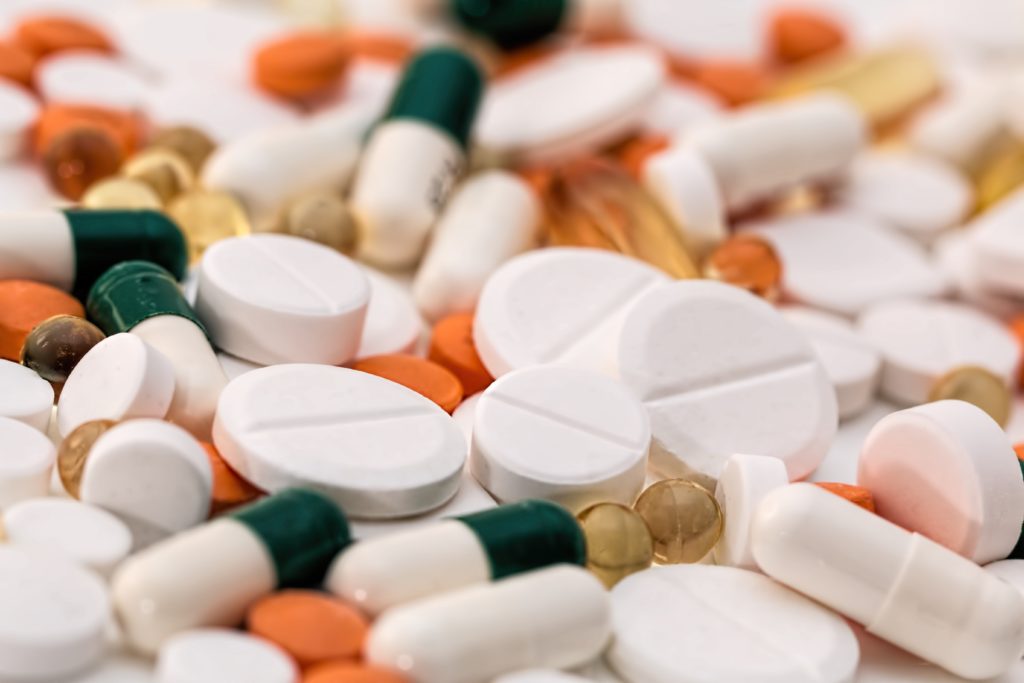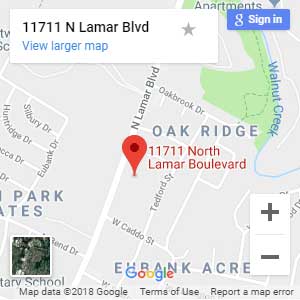Synthetic Opioid Overdose:
A Guide To Preventing Overdose Deaths
A Guide To Preventing Overdose Deaths
Table of contents
More than 165 Americans die every day from synthetic opioid overdose. In some like Ohio, the number of deaths due to opioids more than tripled between 2010 and 2015. Synthetic opioid overdoses are on the rise because they are so much stronger than
natural opioids such as heroin and prescription painkillers such as oxycodone (OxyContin) or hydrocodone (Lortab). They can be even stronger than natural opioids because they can be manufactured in laboratories instead of being produced by plants as with natural opioids. Read on for more information about synthetic opioid overdose prevention and how you can help save lives.
What Are Synthetic Opioids?
Synthetic opioids are manmade drugs that are chemically similar to opium or morphine. These drugs are far more potent than natural opioids, and they are responsible for a sharp increase in overdose deaths in recent years. Some examples of synthetic opioids include fentanyl, carfentanil, and W-18.
Synthetic opioids are manufactured in a laboratory and function in the same areas of the brain as natural opioids (e.g., morphine and codeine) to provide pain relief. In contrast, natural opioids are extracted from the seed pods of poppy plants and comprise the same responses in the brain as the previously mentioned (natural) opioids (e.g., morphine and codeine). Some synthetic opioids, such as fentanyl and methadone, have been authorized for medical use.
Signs of a Synthetic Opioid Overdose
When people who use synthetic opioids overdose on these drugs, it can be extremely dangerous. The adverse impacts of illegally manufactured synthetic opioids are comparable to other opioid painkillers. In addition to dizziness, pupils may expand, the skin can be clammy, cyanosis may occur, and coma and respiratory failure may occur. The triad of symptoms including pinpoint pupils, unconsciousness, and respiratory depression can be a sign of opioid overdose. Dangerous drugs that produce these outcomes include morphine, hydrocodone, oxycodone, hydromorphone, methadone, and heroin.
Additional Symptoms
Some additional symptoms of a synthetic opioid overdose can include but are not limited to:
- Pale complexion
- Irregular body temperature (either too low or too high)
- Unresponsive, limp body/limbs
- Discoloration in lips, finger, toes, or other extremities
- Vomiting or aspiration
- Breathing and/or heartrate slows or becomes undetectable
If you witness anyone experiencing any of the above symptoms do not hesitate to seek medical attention. The faster intervention can occur in an overdose situation, the more likely a person is to survive the encounter.
Treatment for a Synthetic Opioid Overdose
Opioid abuse has impacted people of all races, ages, and genders. Synthetic opioid abuse has been a significant public health concern in the past and persists with even higher death rates. However, since the recent dramatic increase in deaths, alternative countermeasures to deal with the significant increase in victims are necessary. Synthetic opioid-related overdoses are separated into individual categories like fentanyl to aid in data collection during the years of 2013–2016. This contributes to confirming the sudden rise in synthetic opioid deaths.

One of the ways officials are working to combat this rising number is to increase the dosages of Naloxone available for individual sale. Of course, this is just a Band-Aid solution but the increase in dosage can save lives in the meantime while a more permanent solution is in development. As it stands, the United States is in serious need of an overhaul in synthetic opioid prescriptions with stricter regulations on who can access them.
Detox With Briarwood
Briarwood Detox Center offers detox treatment for alcohol, opioid, methamphetamine, prescription drugs, and much more. Our experienced clinical staff provides round-the-clock monitoring throughout the detox process and our therapy team provides support to help manage the emotional response to treatment. Additionally, we have detox facilities located in Austin, Houston, and Colorado Springs with state-of-the-art amenities.
Briarwood is dedicated to facilitating a healthy and safe environment that empowers people to make significant and lasting changes in their lives. We look forward to supporting you or your loved one on the journey to recovery. Call (512) 277 – 3103 today for more information on our programs and admission process.
Break Free From Your Addiction Today
(in 3 easy, confidential steps)
Verify your insurance
Complete our fast, free, and easy verification process over the phone to determine the extent of your insurance coverage.
Make an informed decision
We will provide personalized placement recommendations based on your insurance, treatment needs, financial situation, and schedule.
Contact us
Call (888) 857-0557 or fill out our online form for a free and confidential personal consultation with an admissions specialist.











